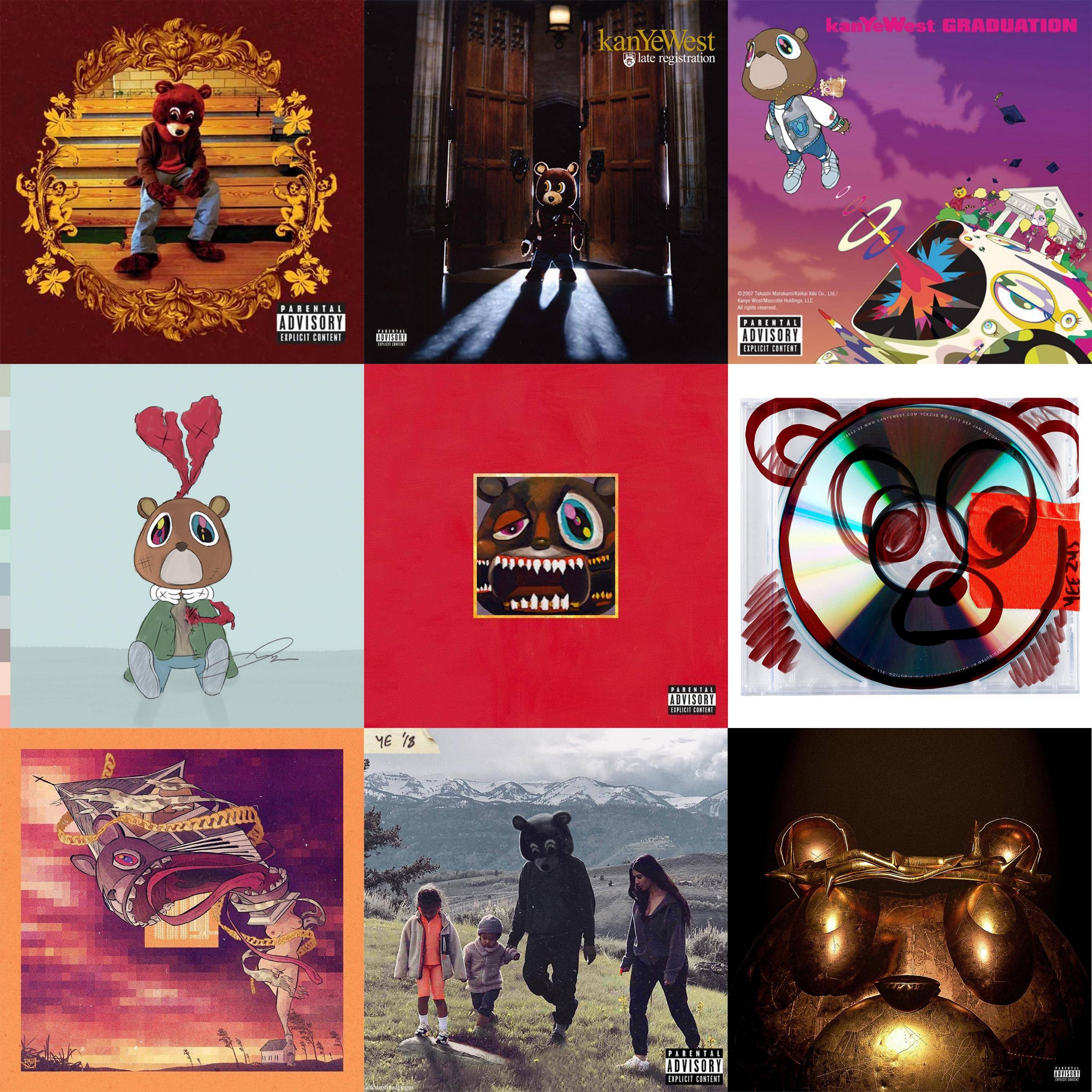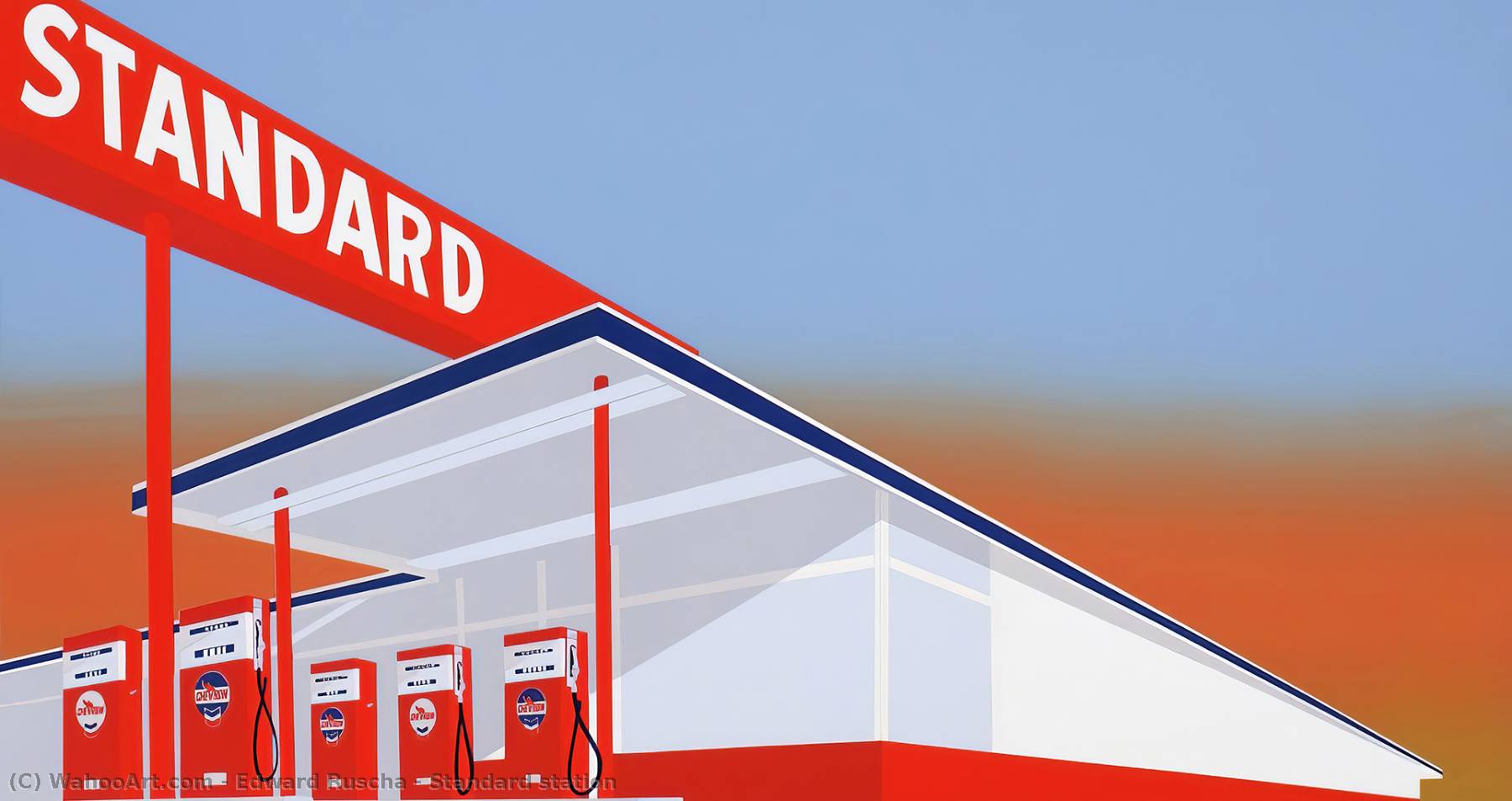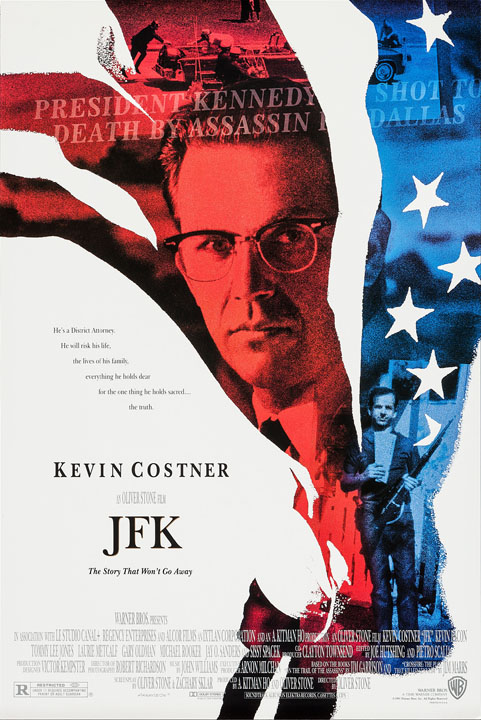
Prehistoric Celtic art
The human form was a common focus of early Celtic sculpture. These sculptures could depict heroes or gods, and they might also have abstract facial features. These figures may be a blend of Celtic and Near Eastern art.
Romanesque art
From the ninth to the thirteenth centuries, Europe was covered in the Romanesque art style. The Pre Romanesque period refers to the initial years. Because of elements that were retained from Roman architecture (barrel vaults and apses) and canthus leaf decorations, the Pre Romanesque period was known. This style was very popular in Southern France, Spain and Portugal where there was architectural continuity with Late Antique style. The style was popularized in Southern France and southern Spain, where it spread to Catholic Europe.

German Renaissance
The German Renaissance emerged as a branch off the Northern Renaissance of the 15th-16th centuries. This movement was influenced by the Italian Renaissance, and developed among German thinkers.
Art postmodern
Postmodern art was born in Europe as a response to the 1960s modernist tradition. Its primary goal was to challenge traditional ideas of beauty and art. Although Joan Miro's work is a reflection of a modernist aesthetics and Pablo Picasso's art are examples of this, the postmodern movement was characterized by a variety.
Exoticism
European art has been influenced over the centuries by a fascination with the Middle East and Africa. This fascination has inspired romantic portraits about the African continent. The Philadelphia Century Exhibition's 1876 "Turkish Bazaar", which was an exhibition that showcased exoticism in European art, further increased its appeal. This trend was continued by the "Moorish", a theme that artists used to break away from Neoclassicism's monochromatic style. They sought to preserve the ethnography and materials used in their artworks.

Conceptual art
Joseph Kosuth, the creator of "One and Three Chairs", introduced Conceptual art in 1965. His goal was to create analogies between images and words. He juxtaposed a concept photograph of a chair to a print that contained the dictionary definition for the word "chair". Conceptual art was born out of this stark relationship between the chair's image and its standardized form.
FAQ
What are some positive elements of pop culture
Pop culture can be good. It gives people something to discuss. It allows people to express creativity. Artists can use pop culture to help promote their work.
In my opinion, the best thing about pop culture is that it brings people together. Everyone wants the same show. Everyone likes the same music. People like the same movies. Pop culture allows us to connect.
Problem is, not all pop culture has the same health benefits. Some films glorify violence, for example. Some television programs make fun at people with mental disorders. Some bands also encourage fans to take drugs.
So, what can we do with pop culture's negative side?
We need to try to avoid the bad aspects of pop culture. We should not allow it to influence our lives. It can be a problem for our health. It can lead you to crime. It can even lead to a loss of love.
Pop culture can also be a source of help or harm to society. Does it promote good values? Are people being persuaded to do evil things?
Let's not forget to ask ourselves if our world is fulfilling. Do we enjoy the music that we listen to? What do we like about the TV shows we watch What clothes do we wear?
If we care about our future, then we have to be accountable for our actions. We need to decide what kind of world we want to live in. We can then choose the right pop culture.
What are the examples of pop-culture in 2021
The 11th of September 2001 saw the destruction of two airplanes that were hijacked and crashed into New York City's Twin Towers. 9/11 was the day that would change history.
These events have had a profound impact on popular culture, and they continue to have an influence today. We can see many ways the event has influenced lives.
Television shows and movies such 24 are examples. United 93 tells the story behind what happened on the flight to Los Angeles from Boston on September 11. Dexter Filkins' book The Forever War is also included.
We all remember where we were when we first heard about the attacks. Some people got up and went outside, while others read the newspapers or watched TV.
Pop culture is always changing. Pop culture provides inspiration and reflections society. What will the future look like for popular culture? We don't yet know. We know that it will be different from what it was before.
What is popular culture in the world of music?
Popular Music Culture takes many forms.
Popular music culture can be defined by its use certain types of music (e.g. rock, jazz) or lyrics. It also includes visual media, like television, fashion, advertising and film, that have an impact on the careers of artists and public perception.
It's also about how fans interact with their favorite artists.
The rise of superstars - musicians who have made a name for themselves - is one aspect of popular music culture.
These superstars often transcend genres and become cultural icons, and their popularity has influenced the evolution of popular music itself.
The popular music culture also includes:
* The rise of recording technology -- from acoustic instruments and electric guitars to microphones and microphones.
* The invention of the record player and the radio;
* The birth and rise of rock & roll.
* Introduction of film and TV;
* The advent of MTV and VH1;
* The creation the internet.
What examples are there of pop culture?
Pop Culture is the 21st century's art form. It includes all types of entertainment including music, film TV, videogames, fashion and advertising. Neil Postman, an author, coined the term "pop" in his 1985 book Amusing Ourselves. Pop is a form of mass communication that employs cheap tricks and formulaic tools to create the illusion of spontaneity or uniqueness.
He noted, however, that many people do not feel true enjoyment due to their conditioned desire to find media experiences that make others feel superior. He also argued that cultural expression has contributed to the decline in critical thinking skills among young adults.
Pop culture is sometimes also called popular culture, consumerism, or pop culture.
What are some examples pop culture trends for 2020?
The music industry is evolving rapidly. We saw artists like Travis Scott and Post Malone reach number 1 on Billboard’s Hot 100 chart. This was an extraordinary feat for any artist.
The same applies to streaming services. Spotify reported streaming over 10 million hours of audio last year. It's 5x more than the content users were listening to five years ago.
This has led to a massive shift in how people consume media. Now, more people consume content than create it.
Today everyone from toddlers to retirees has access to a device capable of playing back high-quality audio content. This means that anyone can record, edit, mix, and release their music.
To play your favorite song, it doesn't matter if you go to university to study classical instrumentsation. You can download an app, add voice and upload to YouTube.
Don't worry if your not interested in making music. You can always watch other people do it. There are many channels where you can watch videos of songs.
Why is pop music so popular
Pop music is very popular because it's fun! Pop music makes you happy and gives you a sense of freedom. People listen to pop music, and they are free to think about other things than themselves. Pop music is not a distraction from what they think. This is why pop music is so loved. People like listening to songs that make them feel good. When you feel low, turn on the radio for some upbeat tunes. You may find yourself singing along. Pop music has been immensely successful over the years.
What is pop-media culture?
Pop culture is all around us. Pop culture is everywhere. It is everywhere we go, 24/7. It affects everything from music to clothing and food to politics and religion. What is pop cultural? Wikipedia states, "Popular Culture (or Popular Culture) is the mass production of ideas and products for mass consumption." This term is often used to refer to TV shows, movies and music. However, there is much more to pop culture than just entertainment. Pop culture can be described as anything that is consumed by mass audiences, including video games, toys, clothing and fast food.
Statistics
- Latinos represent roughly 19% of the U.S. population. (npr.org)
- [17][18][19]Definition[edit]According to author John Storey, there are various definitions of popular culture. (en.wikipedia.org)
- According to Kathryn Sorrells (2013, pp. 142-144), there are several ways that we can become informed consumers of popular culture. (socialsci.libretexts.org)
- In 1987, US films captured 56% of the European film market. (socialsci.libretexts.org)
- According to Dictionary.com, popular culture, or low culture as it is sometimes referred to is comprised of the “cultural activities or commercial products reflecting, suited to, or aimed at the tastes of the general masses of people” (7/21/19). (socialsci.libretexts.org)
External Links
How To
Are there any famous references to pop culture?
Americans were obsessed with space travel in the 1960s. Star Trek was at the time the most watched TV show.
From 1966-1969 the original series aired over on NBC. It featured William Shatner in Captain Kirk, Leonard Nimoy in Mr. Spock, DeForest Kelley playing Dr. McCoy and James Doohan playing Scotty. Majel Bart Roddenberry played Uhura. Nichelle Nichols played Lieutenant Nyota Uhura. Walter Koenig portrayed Pavel Chekov. Grace Lee Whitney acted as Yeoman Janice Rand. (Wikipedia)
In 1967, the premiere of the first feature film based upon the series took place. Paramount Pictures released "Star Trek" as the title. Robert Wise directed the film, which featured an ensemble cast, including William Shatner (Leonard Nimoy), DeForest Kelley (James Doohan), Walter Koenig and Majel Barrett. Roland Nichelle Nichols. George Takei and Grace Lee Whitney. (Wikipedia)
In 1968, the second series of the television series began to air. This season featured the crew travelling back in time to 1969. (Wikipedia)
A few years later, in 1971, the third season of the television series started airing. This season introduced a new character called Commander Richard A. Morn. He was a Starfleet starfleet officer, who was born on Earth in 2063. (Wikipedia)
A live-action spinoff of Star Trek: Planet of the Apes was also produced during this period. It aired on the air between 1972 and 1974. (Wikipedia)
In 1973, the fourth season of the television series debuted. The fourth season featured two new characters, Ensign Ro Laren (Lt. Ilia) and Ensign Ro Laren (Ensign Ro Laren). Marina Sirtis played them both. (Wikipedia)
In 1975, the fifth series of the television series aired. This was the final season before the series went off-air. (Wikipedia)
After the television series was canceled, several attempts were made to revive it. Some of them included a 1977 pilot episode entitled "Where No Man Has Gone Before," which failed to find a network or studio partner. (Wikipedia)
There has also been a 1998 animated series called "Star Trek: New Voyages". It lasted 13 episodes. (Wikipedia).
After a seven-year hiatus, the sixth season of the TV series was returned in 2009. It was called "Enterprise". It ran for five seasons until 2013. (Wikipedia)
This era also saw the production of three feature films. The first one was released in 1979. It was titled "Star Trek: The Motion Picture". Nicholas Meyer directed it. The film starred William Shatner as well James Doohan and Leonard Nimoy. Walter Koenig, George Takei (majel Barrett Roddy), Ricardo Montalban, and Walter Koenig were the directors. (Wikipedia)
The two next movies were released in 1982, and 1987, respectively. They were titled "Star Trek II: The Wrath of Khan" (or "Star Trek III): The Search For Spock. Nicholas Meyer directed them both. (Wikipedia)
In 2001, the seventh season of the television series aired. It was titled "Encounter at Farpoint". It was the first episode of the show's history without guest stars. (Wikipedia)
In 2005, the final episode of the series aired. It was titled "All Good Things...". It was written by Ronald D. Moore. It was directed by David Livingston. (Wikipedia.)
A brand new Star Trek TV series premiered in 2008 It was called "Trek Nation". It is currently being aired on CBS. (Wikipedia). "Trek Nation" tells the story of a group of people who come from diverse backgrounds and form their own version of United Federation of Planets. Their goal: to help other worlds reach peace. (Wikipedia). "Trek Nation" is a very interesting concept because it shows how diverse people can come together and create something good. (YouTube Video)
You should read books on the timeline of Star Trek. You can start with the book "Star Trek Chronology" by Gary Wolfe. You can also find many other books online.